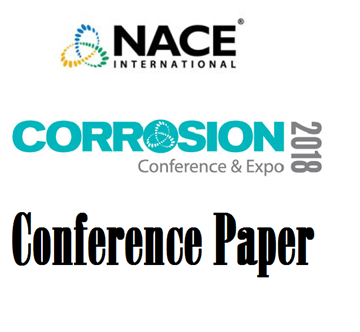Search
11186 Steam Oxidation Resistance of Shot Peened Austenitic Stainless Steel Superheater Tubes
Also Purchased
98718 CONDENSATE CORROSION IN STEAM GENERATING SYSTEMS
Product Number:
51300-98718-SG
ISBN:
98718 1998 CP
$20.00
51318-11191-Behavior of High-Temperature Materials in Sulphur-Containing Steam Cracking Conditions
Product Number:
51318-11191-SG
Publication Date:
2018
$20.00
98720 UNUSUAL REFINERY BOILER TUBE FAILURES DUE TO CORROSION BY SULFURIC ACID INDUCED BY STEAM LEAKS
Product Number:
51300-98720-SG
ISBN:
98720 1998 CP
$20.00




